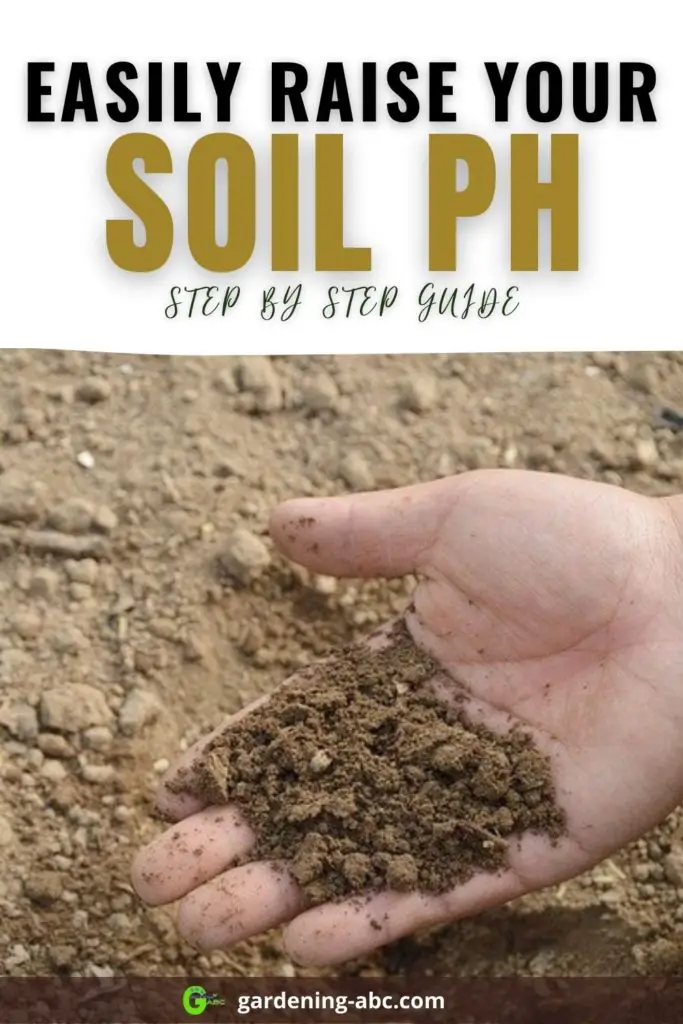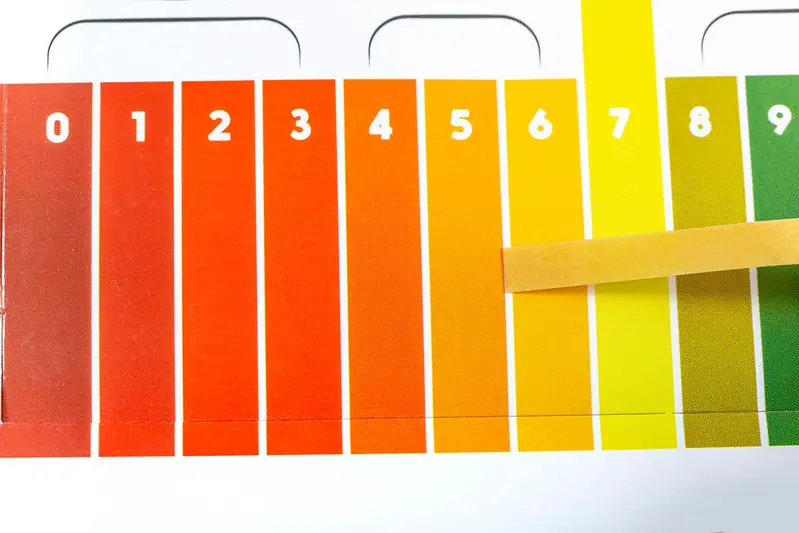We use affiliate links to run our site. When you buy through links on our site, we may earn an affiliate commission, without any added cost to you. Learn more
Factors Affecting Soil pH:
There are many things that can impact the overall pH of the soil.
Type of The Material:
Each soil has some basic components that build up the soil. Now, depending on the source of the material the soil can be acidic or alkaline in nature. If the rocks that make the soil are basic in nature, the soil pH will be higher, whereas if the soil has been made mainly from the acid rocks the pH will be lower.
Rainfall:
The amount of the rainfall the soil is receiving can also determine the pH of the soil. When rainwater sips into the soil the rock materials that are basic in nature like calcium or magnesium get replaced by aluminum or iron that are more acidic in nature. So generally if the soil is from a wet climate it is more likely to be acidic that the soil from the arid areas.
Impact of Fertilizers:
Most fertilizers contains acidic materials like urea or ammonia in them. So after each fertilization the soil pH will reduce continuously. Preexisting organic materials in the soil also pulls down the soil pH and make the soil more acidic.
Test Your Soil:
Before attempting to change your soil’s pH, you should first do a soil test to determine your current soil pH level. You can send a soil sample to a laboratory for analysis or you can test the soil at home all by yourself.
Here are two simple ways you can test your soil pH at your house.
Testing Soil pH With pH Test Strips:
- For testing the pH of the growing medium take a small amount of substrate from several locations. Dig 4 to 6 inches below the surface of the soil with a hand shovel to obtain a soil samples.
- Remove any large lumps and other impurities like stones, sticks, and other leftovers from the soil.
- Now take one cup of the sample soil into a container and add same amount of distilled water.
- Mix the solution properly and rest it for 30 mins.
- Filter the solution using a filter paper and collect the liquid.
- Now, dip the pH test strips into the liquid and check the color of the test paper with the chart on the manufacturer’s packaging. You will get the pH the value of your soil.
Testing Soil pH With Digital pH Tester:
Digital soil pH testers like these are an easy to test your soil pH. These have a pH electrode built in them to display soil pH with greater accuracy than pH test strips.
It takes a pH reading in your soil and displays it directly on an LCD screen.
See this video to understand how to use a digital soil pH tester.
The main benefits of using a soil pH tester is that
- it is easy to use.
- The readings are more accurate than pH test papers.
- Many testers also have a much higher resolution and accuracy between 0.1 and 0.01 pH units.
How to Increase Soil pH:
Most plants grow best in soils with a pH range between 6-7.
After testing the garden soil, if you found the soil pH is too low and it is too acidic for your liking, then you will need to make a choice. Either choose plants that are adapted to your soil’s pH or change your soil’s pH to fit the plants.
The followings are some of the ways you can increase the soil pH.
Limestone:
Limestones are very good in raising the pH of the soil. If the soil is very acidic (pH is very low) you can reduce the acidity of the soil by adding limestones into the soil.
If you want to quickly reduce the acidity use the hydrated lime, just remember it is hard to control though.
Adding Wood Ashes:
Hardwood ash contains calcium. So adding wood ash will raise the pH level of the soil. But it is lighter compared to lime as it has half the calcium that the lime has. So if you want to add wood ash in place of lime apply twice as much lime.
Make your wood ash by burning a hardwood like oak, maple, etc. Avoid lighter fluid to start the fire, instead use a match and kindling.
Add Baking Soda:
Baking soda is a cost-effective method to increase soil pH. It also works very quickly and can produce results in a few days.
Here is more on how to use baking soda to increase soil pH.
Another good thing about baking soda is that it is quite light and won’t harm your plants.
Mix The Amendments:
The next step after deciding on the amendment, is to mix it with the soil. To do this use a shovel or a tiler. Mix it thoroughly with the soil.
Water Thoroughly:
After mixing the amendments, now add water to the soil. Water activates the amendments and the work of increasing the soil pH begins. While watering make sure you do not over do it. Over-watering dampens the whole process as the amendment will leach out of the soil along with the water.
Test The pH Again After A Few Months:
Test your soil after sometimes and depending on the type of amendment you chose see if you got the desired pH level. If not then repeat the process.
Like the post. Don’t Forget to PIN IT.

Amazon and the Amazon logo are trademarks of Amazon.com, Inc, or its affiliates.

Hi there! My name is Prasenjit and I’m an avid gardener and someone who has grown a passion for growing plants. From my hands-on experience, I have learned what works and what doesn’t. Here I share everything I have learned.
